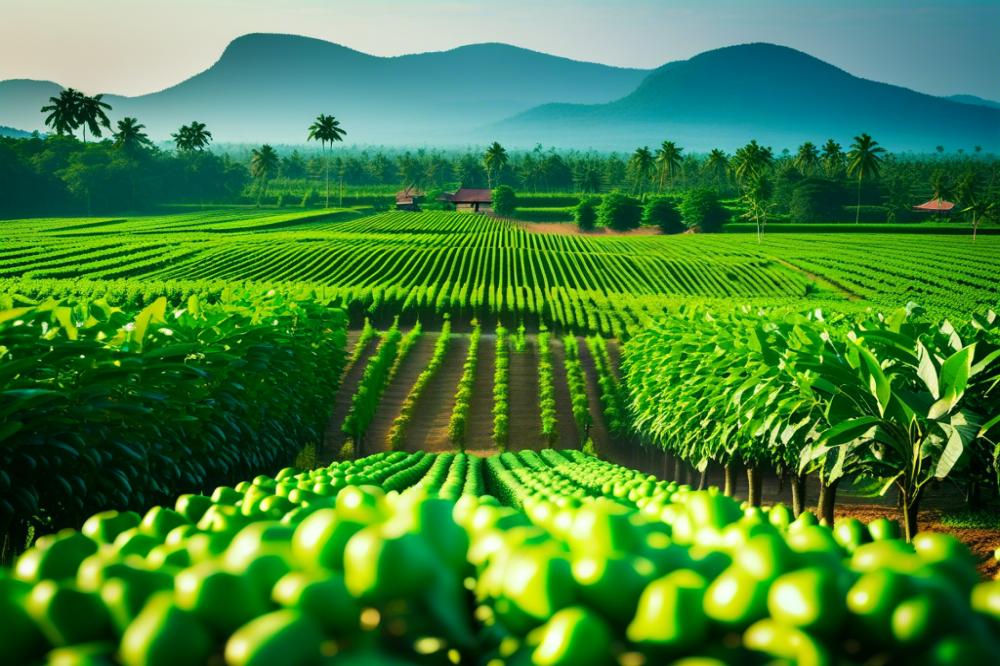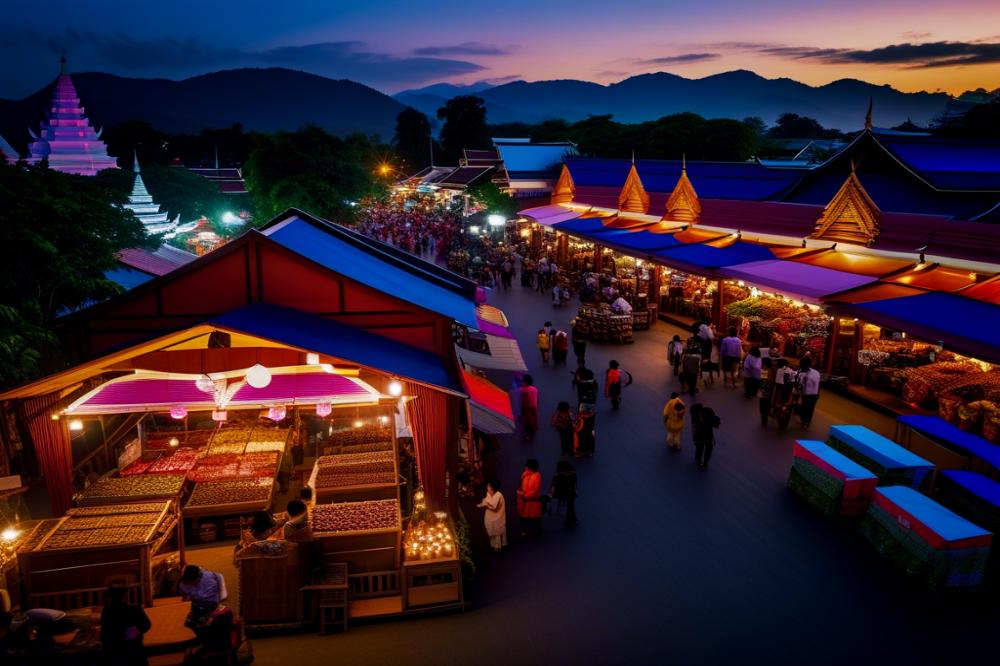A Journey Through Cambodia’s pepper plantations in Kampot
Overview of Kampot and Its Significance in Cambodia’s Tourism
Kampot is a charming province located in southern Cambodia. Known for its stunning landscapes, it attracts visitors from around the world. The town is surrounded by lush hills and is nestled along the picturesque Bokor Mountain. Tourists flock to this area not only for its natural beauty but also for its rich cultural history. The unique colonial architecture adds to its allure. As a travel guide for many, Kampot offers a variety of activities, making it a vibrant hub for culinary tourism.
Introduction to Kampot pepper as a Renowned Spice
Among the treasures of Kampot is a spice that has gained worldwide fame. The local pepper has gained a reputation as one of the best in the world. Farmers here have been cultivating it for generations, using traditional methods that respect the land. Kampot pepper has a distinct flavor that enhances many dishes. Chefs in top restaurants seek it out to elevate their food experiences. Culinary enthusiasts find great joy in discovering this special ingredient.
Significance of pepper plantations in Local Culture and Economy
Pepper plantations play a critical role in the local economy. They provide jobs to many families in the area. Through organic farming practices, farmers promote sustainable agriculture, which helps the environment. The pepper trade contributes significantly to the community’s livelihood. Local markets buzz with the sale of this spice, attracting both tourists and residents. Agritourism is on the rise, with visitors eager to explore these plantations. Engaging with the farmers allows travelers to understand the cultural heritage tied to this essential crop. In Kampot, this spice is much more than a flavor; it is a symbol of pride and tradition in Cambodia.
The Rise of Kampot Pepper
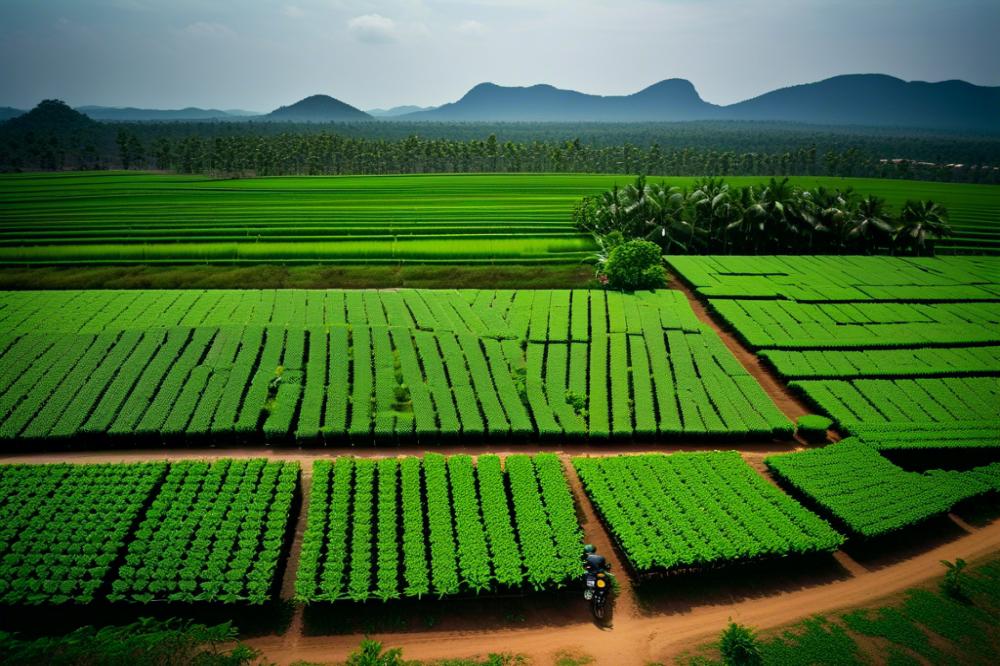
Historically, the spice trade in Kampot has deep roots. Pepper was once a coveted item in global markets, and this small region played a significant role. European traders in the 18th century brought increased attention to Cambodia’s pepper. The rich Cambodian soil, combined with the perfect climate, made this area an ideal location for growing pepper. Over time, Kampot gained a reputation, becoming a staple in gourmet kitchens around the world.
What sets Kampot’s pepper apart from others? The answer lies in its flavor profile. This spice offers a delightful balance of heat and aroma that enhances various dishes. Farmers use organic farming practices, which maintain the health of the land. In addition to preserving traditional growing methods, these practices align with sustainable agriculture. Visitors to the region of Kampot can experience firsthand how these spices are cultivated.
In recent years, the demand for quality food experiences has influenced culinary tourism. Travelers seek out Kampot not only for its beautiful landscapes but also for its culinary delights. Local markets buzz with life, showcasing fresh produce and delicious spices. As they wander through stalls, tourists can taste samples and learn about ingredients used in Cambodian cuisine.
Significantly, Kampot pepper has received recognition as a geographical indication. This certification ensures that only pepper grown in this area can be marketed under that name. This distinction not only protects producers but also adds value to their crops. Tourists are encouraged to participate in agritourism, where they can visit the pepper plantations. Here, they can learn about cultivation methods and the history behind the spice.
As demand continues to grow, Kampot’s pepper plantations are thriving. The combination of traditional knowledge and modern practices makes this area unique in the culinary world. Providing visitors with a journey through the heart of a vibrant agricultural community, Kampot stands out as a destination worth exploring.
Exploring the Pepper Plantations
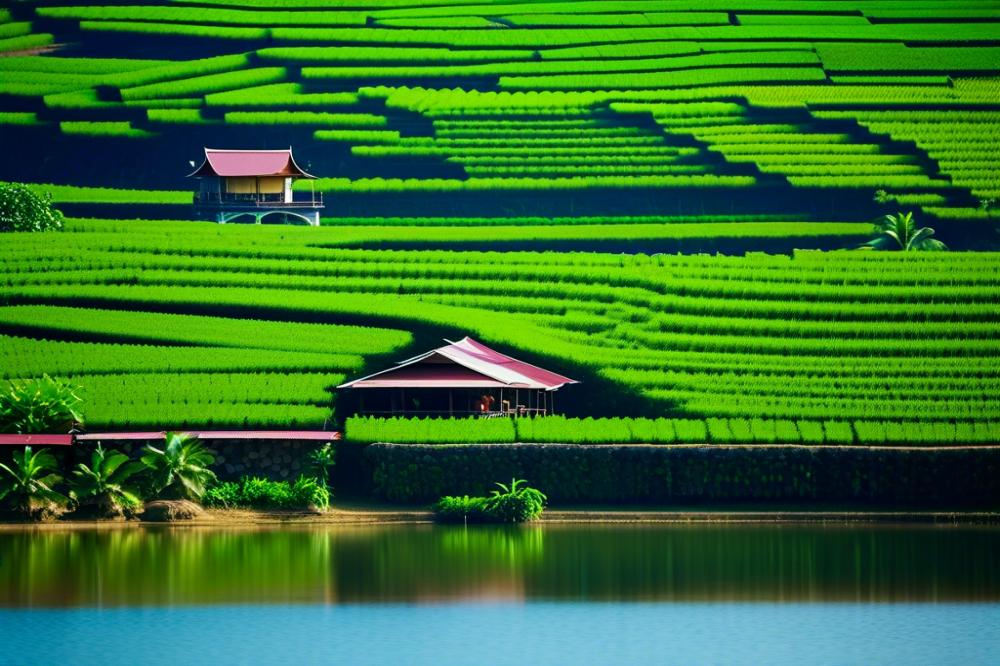
The lush landscapes of Kampot are a feast for the eyes. Rolling hills stretch in every direction, creating a stunning backdrop for the pepper plantations. Bright green vines climb wooden poles, heavy with clusters of pepper berries. Farmers work diligently, tending to their crops with care. The aroma of the earth mixes with the fresh scent of spices in the air, welcoming visitors to this beautiful region.
Farming practices here highlight a blend of tradition and innovation. Many local farmers have embraced organic farming methods. This approach avoids synthetic pesticides and fertilizers, promoting healthier crops and soil. Through sustainable agriculture, they aim to maintain the balance of the ecosystem. Visitors can witness the dedication required for quality produce, as well as the respect shown for the land.
Experience Culinary Tourism
Traveling through Kampot offers plentiful opportunities for culinary tourism. Numerous tours allow guests to explore the plantations firsthand. Some tours include guided walks that provide insights into the cultivation process. Others may feature tastings of dishes infused with locally grown spices. In this way, visitors not only learn but also savor the unique flavors of Cambodia.
Local markets present another way to engage with the spice trade. Stalls abound with fresh produce and various spices, captivating tourists and residents alike. Engaging with local vendors can enhance any food experience. Travelers are often encouraged to ask questions, making the market atmosphere vibrant and lively.
Agritourism Adventures
Agritourism opportunities also thrive in this region. Some farms offer hands-on experiences where visitors can participate in the harvesting process. Families can bond over the simple act of picking pepper berries. This connection to the land creates cherished memories. Additionally, cooking classes are frequently available, allowing guests to prepare traditional dishes using the spices they’ve learned about.
Overall, venturing into Kampot’s pepper plantations provides a multi-faceted journey. Walking through the fields, tasting the flavors, and learning about sustainable practices contribute to a rich travel guide. Every experience here highlights the beauty and importance of the land, ensuring that visitors leave with a deeper appreciation for this remarkable corner of Cambodia.
Culinary Tourism in Kampot
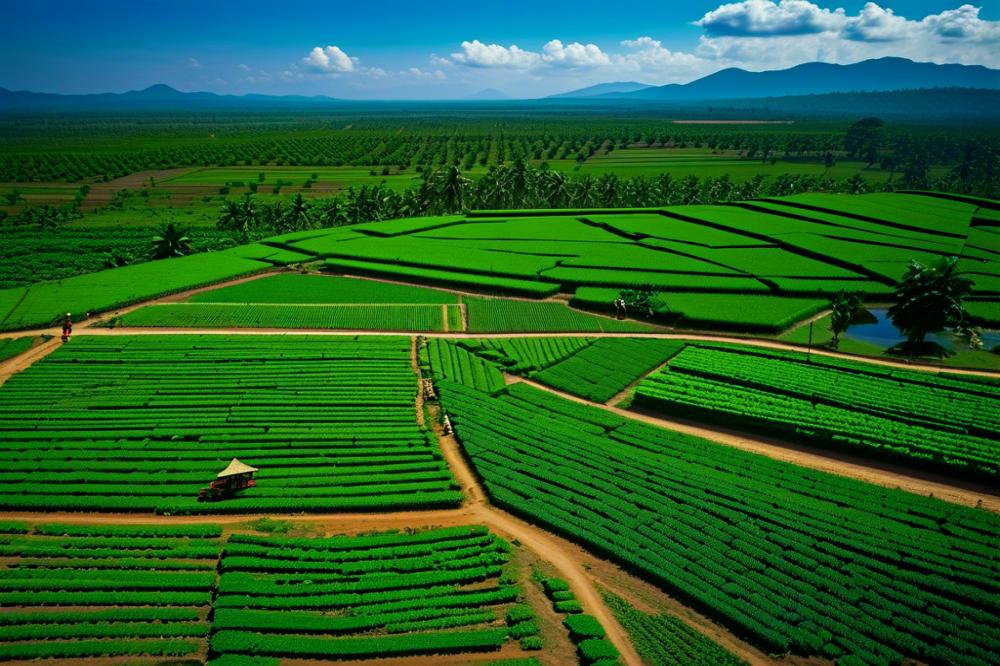
Cambodia’s Kampot is more than just a scenic destination; it is a thriving hub for culinary tourism. Visitors flock here to experience the rich flavors rooted in local traditions. One standout in the Cambodian food scene is Kampot’s famed pepper, known for its exceptional quality and versatility in dishes. The spice has a deep connection to the region’s culinary heritage, adding depth to everything from soups to grilled meats.
Role of Kampot Pepper in Cambodian Cuisine
Its presence in everyday meals showcases the importance of this spice in local gastronomy. Chefs love to use it in traditional dishes, enhancing flavors in ways that cannot be replicated by ordinary seasonings. Many menus proudly highlight recipes that feature this ingredient, making it an essential aspect of dining in the area.
Food Experiences that Highlight Kampot Pepper
Travelers seeking food experiences often find themselves in cooking classes or guided tours at pepper plantations. These activities provide a hands-on approach to understanding how pepper is grown and harvested. Some classes allow participants to prepare local dishes with freshly picked pepper, creating a connection between farm and table. Tasting events showcase this spice paired with various local ingredients, offering a delightful exploration of flavors.
Local Markets Showcasing Pepper and Other Produce
Exploring local markets can be a real treat for tourists. These vibrant spots brim with fresh produce, homemade goods, and, of course, Kampot’s prized pepper. Shoppers stroll through stalls filled with fruits, vegetables, and spices, often chatting with farmers about their organic farming methods. This adds an extra layer of authenticity to the experience, reflecting the region’s commitment to sustainable agriculture. Visitors leave with bags full of local treasures and a deeper appreciation for the culinary culture that distinguishes Kampot.
Sustainable Agriculture Practices
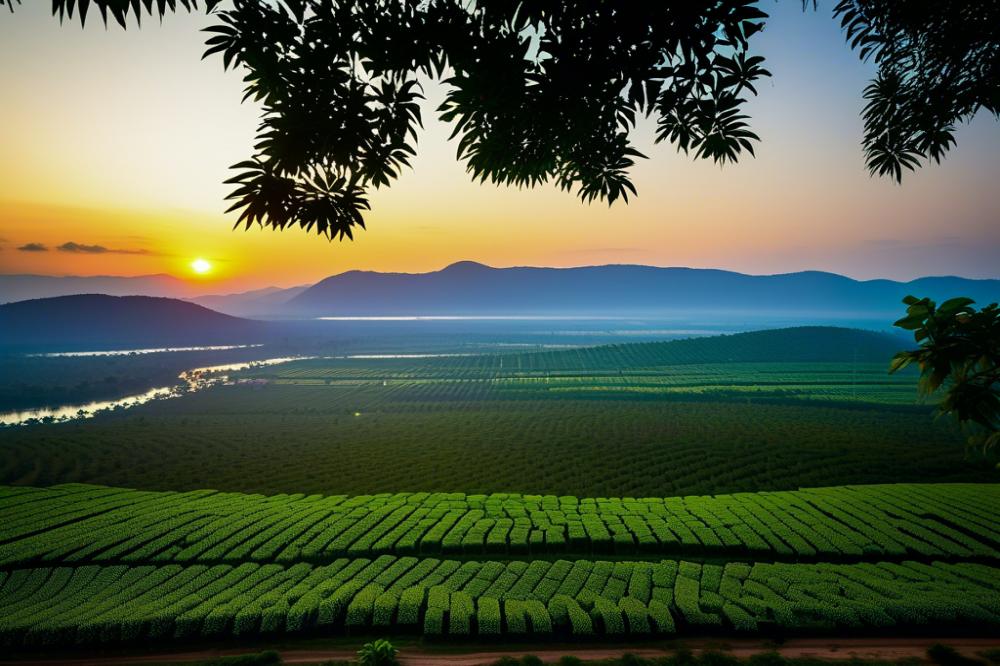
Impact of Sustainable Agriculture on Local Communities
Sustainable agriculture plays a vital role in the daily lives of the residents in Kampot. Many local farmers have turned to this practice to support their families and protect the environment. By focusing on eco-friendly methods, they maintain healthy soil and waterways. This shift has encouraged community bonds, as farmers often share knowledge and resources. More local jobs have emerged, particularly in culinary tourism and agritourism, attracting visitors who want to experience the region’s agricultural heritage firsthand.
Benefits of Organic Farming for the Environment
Organic farming brings significant advantages to the environment. It reduces the use of harmful pesticides and synthetic fertilizers, leading to cleaner air and water. Healthier ecosystems thrive when farmers cultivate crops naturally. These practices also promote biodiversity on the plantations. As a result, a wider range of flora and fauna may flourish in these environments. Visitors can witness this balance when they explore the lush landscapes of the pepper plantations.
Stories of Local Farmers Committed to Sustainable Practices
Many farmers in Kampot have amazing stories to share. Take, for instance, a woman named Srey. She transformed her small farm into a bustling oasis of organic produce. Srey uses traditional methods passed down through generations. Her commitment to sustainable practices inspires others in her community. Another farmer, Dara, joined a cooperative that focuses on organic farming. He exports his spices, showcasing the quality of local products in international markets. Both of these individuals exemplify the shift towards better agricultural practices. Their experiences highlight the importance of community involvement in the spice trade.
Kampot’s rich agricultural traditions shine through these stories. Tourists can engage with the locals, learning about their sustainable practices. Culinary experiences, like tasting fresh pepper straight from the source, make visits unforgettable. As the world continues to change, Kampot remains a beacon of sustainable agriculture.
Agritourism and Its Benefits
Agritourism is more than just a buzzword. It blends agriculture with tourism, especially in Kampot. By visiting farms, travelers learn about local farming practices. This area is famed for its pepper plantations and organic farming techniques. Such activities help support sustainable agriculture while providing an engaging experience for tourists.
Enhancing Visitor Engagement Through Farm-Related Activities
Visitors can participate in hands-on activities that connect them with the land. Picking fresh peppers or taking cooking classes are popular choices. Culinary tourism thrives in this region, allowing guests to enjoy food experiences they won’t forget. Local markets showcase spices and other produce, providing a taste of Kampot’s agricultural richness. Engaging with farmers and understanding their daily lives creates a lasting bond between guests and the community.
Personal Stories From Travelers Who Experienced Agritourism in Kampot
Many travelers return home with memorable stories. One visitor recalls learning how to use fresh pepper in traditional dishes. “The farmers were welcoming and shared their secrets,” she said, smiling. Another traveler noted the joy of sharing a meal directly with the growers. “It felt special to eat what we picked ourselves,” he mentioned. Such narratives highlight the deep connections forged through agritourism. People who visit Kampot understand that their experiences support the local economy and promote the spice trade.
Final Thoughts on Kampot’s Spice Legacy
Kampot’s pepper plantations are not just about growing plants; they represent a vital part of the region’s history and economy. This aromatic spice has shaped local communities, providing livelihoods for many families. It also reflects the rich agricultural traditions that have been passed down through generations.
Travelers should consider delving into the delicious culinary tourism that this area offers. Local dishes showcase the pepper’s distinct flavor, enhancing meals and creating unforgettable dining experiences. Tasting dishes infused with this spice brings a deeper appreciation for both the product and the people who cultivate it.
As a travel destination, Kampot captivates with its beautiful landscapes and cultural treasures. Adventurers will find plenty of activities to satisfy their curiosity. Whether it’s exploring the lush countryside or learning about sustainable farming practices, each moment spent here is a discovery. Visitors should not miss the chance to immerse themselves in this enchanting environment.
Kampot invites spice enthusiasts and casual travelers alike to experience its unique ambiance. The warmth of the locals and the richness of the soil combine to create a truly special place. It’s not just about the pepper; it’s about the journey through the land and its flavors. So, pack your bags and prepare for an unforgettable experience in this vibrant destination.

